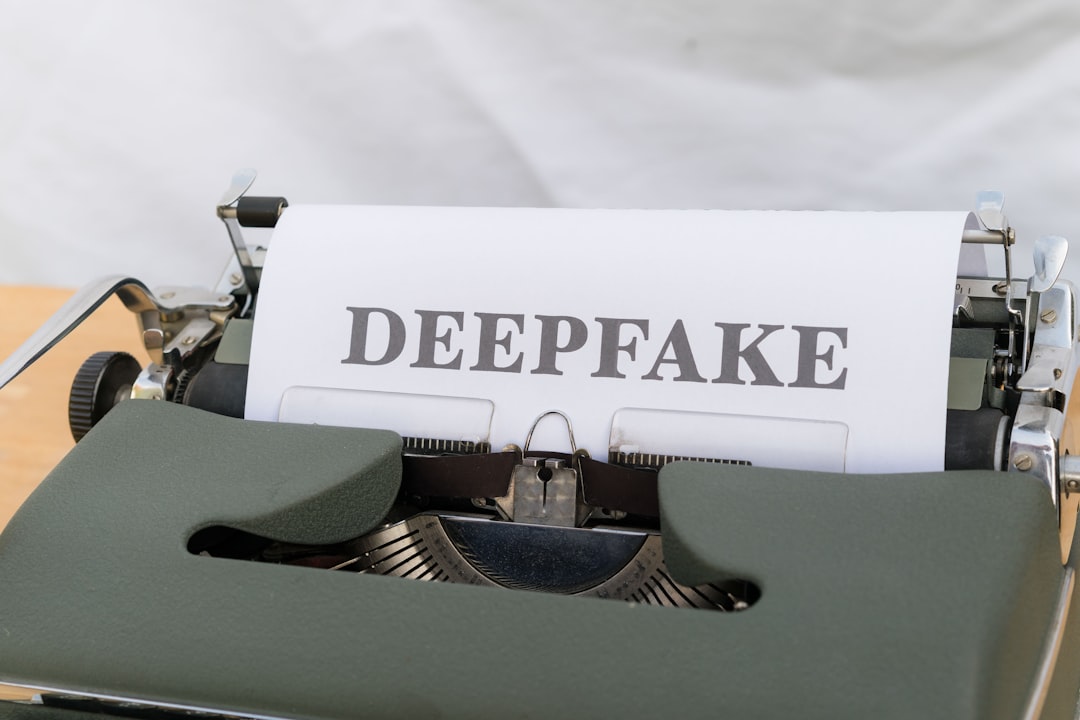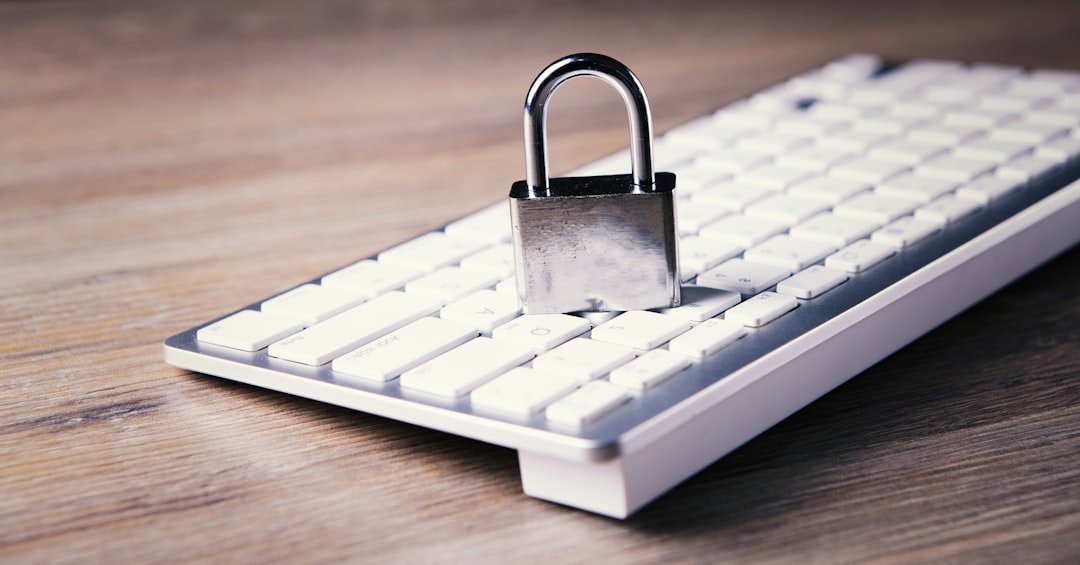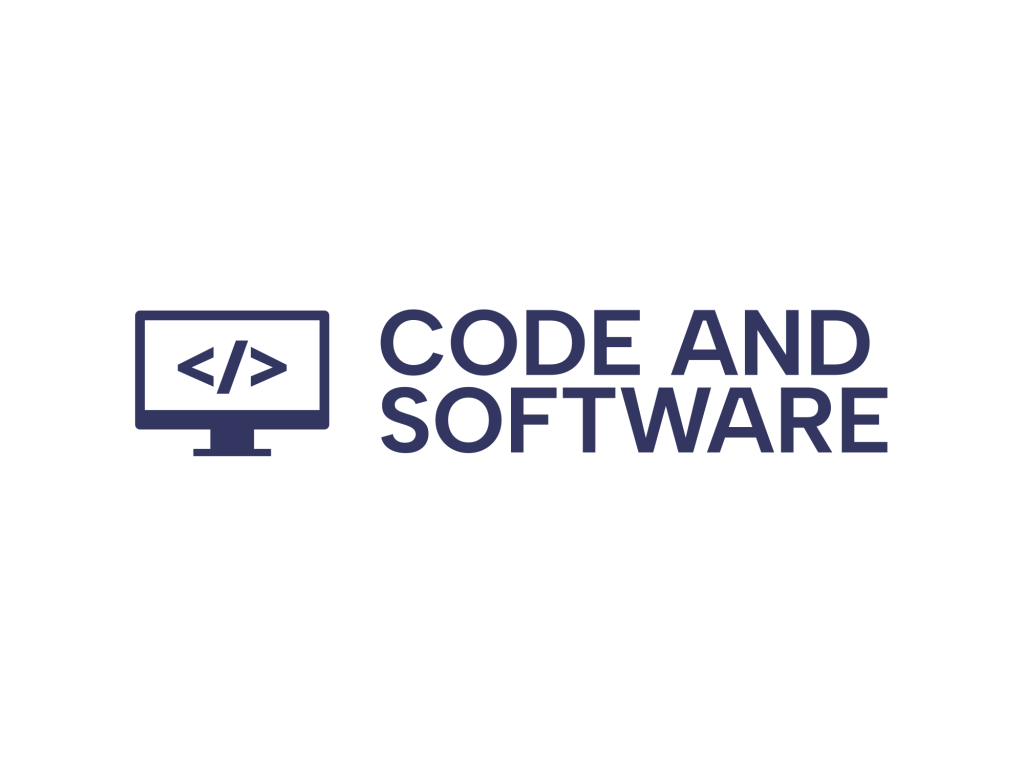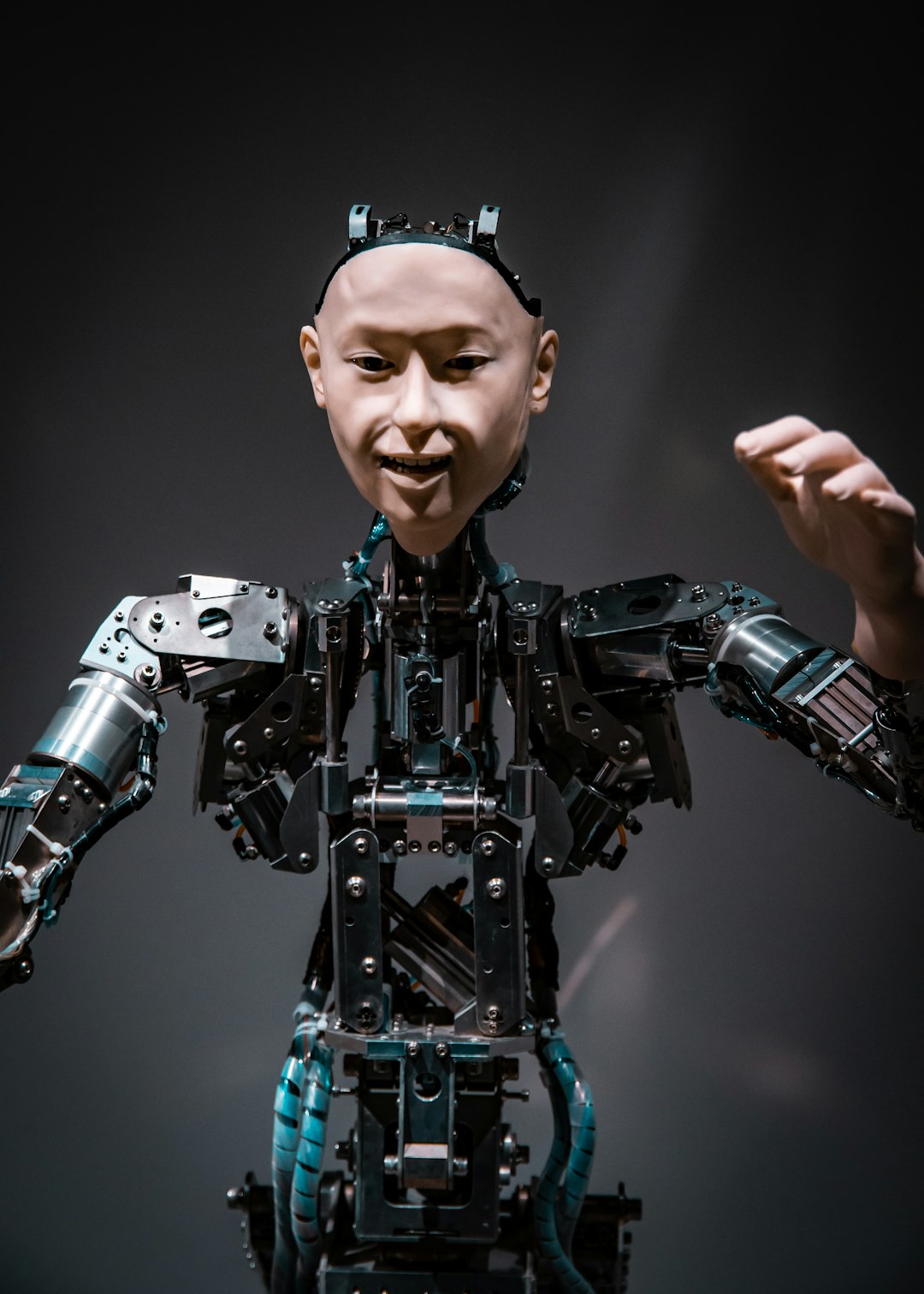In today’s digital landscape, the rapid advancement of artificial intelligence is both a boon and a challenge. Among the most concerning developments is the rise of deepfakes—AI-generated audio, video, or images that convincingly mimic real individuals. Such technologies can manipulate conversations, forge multimedia, and potentially cause severe damage to individuals and organizations alike. In this digital era, where misinformation spreads faster than ever, it is crucial to understand how to protect your personal and professional data against the threats posed by deepfakes.
Understanding Deepfakes and Their Dangers
At their core, deepfakes are powered by deep learning algorithms that analyze real footage or audio clips to generate hyperrealistic forgeries. These can be used to impersonate someone’s voice in a phone call, create a fake video message from a public figure, or even manipulate live video footage. The most dangerous aspect of deepfakes is their ability to blur the lines between reality and fabrication, making it increasingly difficult for people to discern truth from lies.

Best Practices to Protect Your Data
As deepfakes and synthetic media become more sophisticated, proactive steps must be taken to safeguard sensitive personal and organizational data. Here are some key strategies:
1. Limit What You Share Online
- Be cautious with the photos and videos you share publicly, especially those that include your face or voice. These materials can be exploited to build convincing deepfakes.
- Manage privacy settings on social media platforms to restrict who can see your content.
2. Use Digital Watermarking
Embedding subtle, invisible marks in image and video files can help verify the authenticity of media. If a deepfake alters the content, the watermark may be disrupted, serving as an early warning sign of tampering.
3. Implement Multi-Factor Authentication (MFA)
Even if a deepfake impersonates your voice or face, it becomes significantly harder to compromise your accounts if they are protected with strong MFA, which requires more than just biometric or single-password verification.
4. Keep Software Up to Date
Regularly update all security patches, especially for security software and apps. Developers frequently release updates to combat new threats, including those related to deepfake detection and prevention.
5. Educate Yourself and Others
- Understand what deepfakes are and how they are produced.
- Train your team or family members on recognizing signs of manipulated media.

Tools That Can Help
Fortunately, technology is also fighting back. Several tools and platforms have emerged to detect and flag potential deepfakes. These include:
- Microsoft Video Authenticator: Analyzes videos and provides a confidence score on the likelihood of manipulation.
- Deepware Scanner: Focuses on scanning audio for signs of deepfake voice synthesis.
- Reality Defender: A real-time browser plugin that alerts users to deepfake content.
Utilizing such tools in combination with human judgment can substantially reduce the risks posed by deepfakes.
What Organizations Should Do
For organizations, the stakes are even higher. Targeted disinformation campaigns using deepfakes can destroy brand reputation, manipulate stock markets, or even disrupt election processes. Enterprises should:
- Invest in AI-driven threat detection systems
- Conduct regular digital forensics training and exercises
- Establish a clear communication plan for responding to manipulated media incidents
Conclusion
The age of deepfakes has brought an entirely new category of digital threats. However, by combining vigilance, education, and the right technological tools, individuals and organizations can drastically reduce their risks. The key is to act early, stay informed, and always question the authenticity of suspicious content.
FAQs
- Q: What exactly is a deepfake?
A deepfake is a synthetic media file, often video or audio, created using AI to impersonate a real person, typically used to deceive viewers. - Q: Can deepfakes steal my identity?
While a single deepfake can’t steal your full identity, it can trick others into believing you’re saying or doing something, leading to potential privacy breaches, fraud, or defamation. - Q: Are there signs to tell if a piece of media is a deepfake?
Yes. Look for inconsistent lighting, unnatural facial expressions, mismatched lip-synching, or robotic voice modulation. Still, some deepfakes are so advanced that they require forensic analysis to detect. - Q: Is biometric data still safe?
Biometric data like facial recognition and voice ID can be spoofed using advanced deepfake tools. Use multi-factor authentication and consider combining biometrics with other verification layers to enhance security.


Leave a Reply